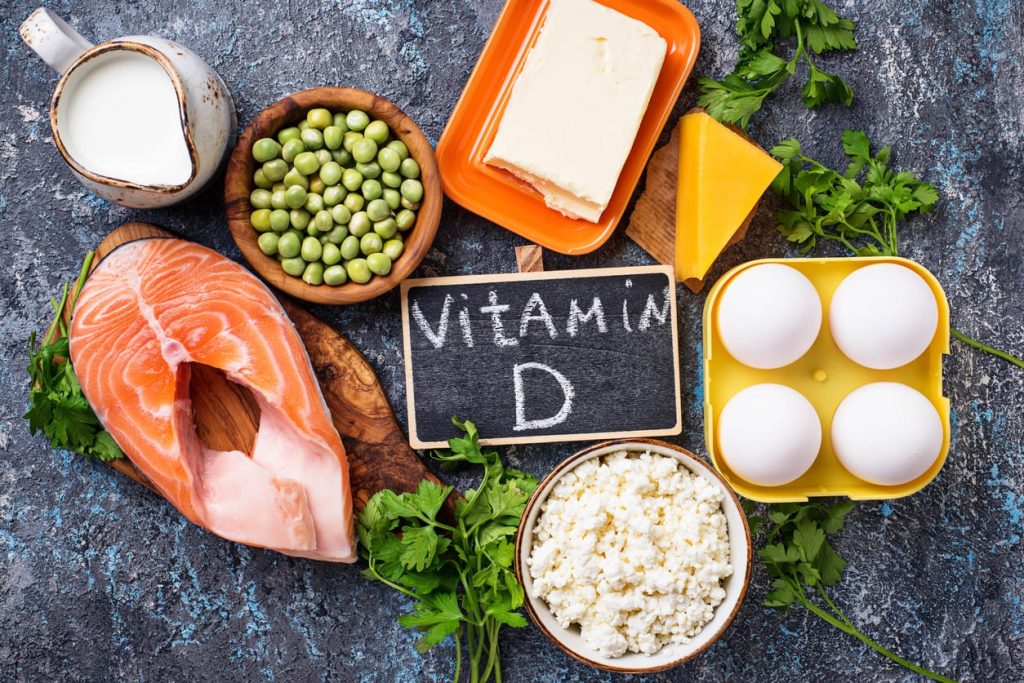Food allergies are certainly not fun, my friend. Having to worry about whether there is a potentially life-threatening ingredient in every food you eat at home or while you’re out adds an extra level of stress to daily life. For parents of a child with food allergies, the effect is even more amplified.
While many people associate food allergies with children, the Centers for Diseases and Control Prevention estimate that around 4 percent of all adults have them (https://acaai.org/allergies/types/food-allergy). Food allergies can start at any age, too, and adults can develop an allergy to a food they’ve eaten for years with no problems.
More than 170 foods have been reported to provoke an allergic reaction, but the most common allergens are peanuts, tree nuts, milk, eggs, soy, wheat and fish.
The rise of food allergies overall have been very noticeable in the West, where there is also an increased in Vitamin D deficiency. Because of this potential correlation, researchers have begun to explore whether there is a link between the two.
Vitamin D is known to impact the development of the immune system and support it after birth. This vitamin also plays a role in the regulation of IgE, an antibody found in the body that plays a significant part in an allergic response.
Of course, it’s still not known exactly what role Vitamin D may play in food allergies, but in general, people all over the world are now very deficient in it. A Qassim University professor actually called it an “ignored epidemic” in a paper published in the International Journal of Health Sciences (https://www.ncbi.nlm.nih.gov/pmc/articles/PMC3068797/#).
The best way to determine whether you are Vitamin D deficient – and if so, how much more you need – is to get your levels checked twice a year. Have it tested once when your level is likely to be at its lowest, during the middle of winter, and once when it should be at its highest, which is the middle of summer. Once you know what your levels are and what they should be for your age and gender–most people need around 9,600 IUs per day to hit the target blood levels–you can begin increasing the intake in your diet and supplementing. Be sure to get re-tested after you’ve been supplementing to ensure you are now hitting those target levels. If you’re not, adjust your supplementation as necessary.




